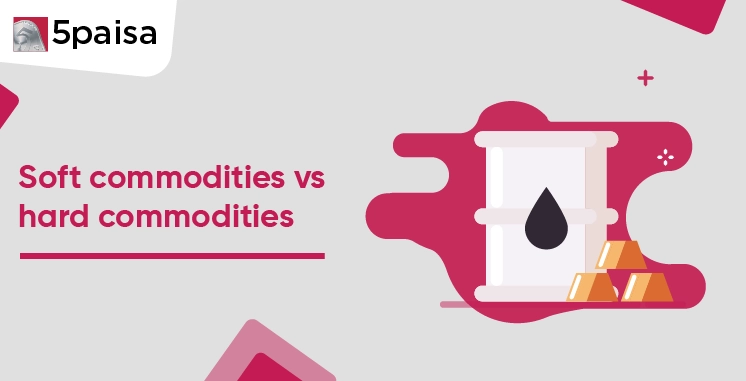Soft Commodities vs. Hard Commodities: Understanding the Market Forces Behind Global Trade

Content
- What Are Commodities?
- What Are Hard Commodities?
- What Are Soft Commodities?
- Key Points to Remember About Hard & Soft Commodities
- Examples of Soft Commodities
- Examples of Hard Commodities
- Soft vs Hard Commodities: A Strategic Comparison
- Final Thoughts
Commodities are the building blocks of the global economy, but not all the commodities have equal value.
Whether you're a portfolio manager at a multinational firm or a retail investor simply exploring market diversification, understanding the difference between soft commodities vs hard commodities is essential to navigate today's interconnected financial markets seamlessly.
Why does this matter? Because these two categories not only behave differently in market cycles but also respond uniquely to geopolitical events, climate change, and inflationary pressures. Businesses depend on them to manage input costs, while investors use them to hedge risk and tap into emerging opportunities.
In this in-depth guide, we will explore the detailed comparison between soft commodities and hard commodities, understand how they work, and examine their implications for trading strategies, supply chain resilience, and global investment decisions.
Let’s get started.
More Articles to Explore
- Difference between NSDL and CDSL
- Lowest brokerage charges in India for online trading
- How to find your demat account number using PAN card
- What are bonus shares and how do they work?
- How to transfer shares from one demat account to another?
- What is BO ID?
- Open demat account without a PAN card - a complete guide
- What are DP charges?
- What is DP ID in a demat account
- How to transfer money from demat account to bank account
Disclaimer: Investment in securities market are subject to market risks, read all the related documents carefully before investing. For detailed disclaimer please Click here.
Frequently Asked Questions
Commodities are broadly classified into four types:
- Energy: Crude oil, natural gas
- Metals: Gold, silver, copper
- Agricultural (Soft): Coffee, wheat, sugar
Soft commodities are typically traded via futures contracts on commodity exchanges. Traders can also use ETFs, commodity indices, or participate in physical trade through aggregators and cooperatives. Factors like seasonality, weather forecasts, and global demand should inform your trading strategy.
Hard commodities can be traded through futures, spot contracts, or via investment in ETFs and mining stocks. Crude oil, gold, and copper are among the most liquid instruments. Monitor geopolitical developments, industrial activity, and inventory data for effective trading.



